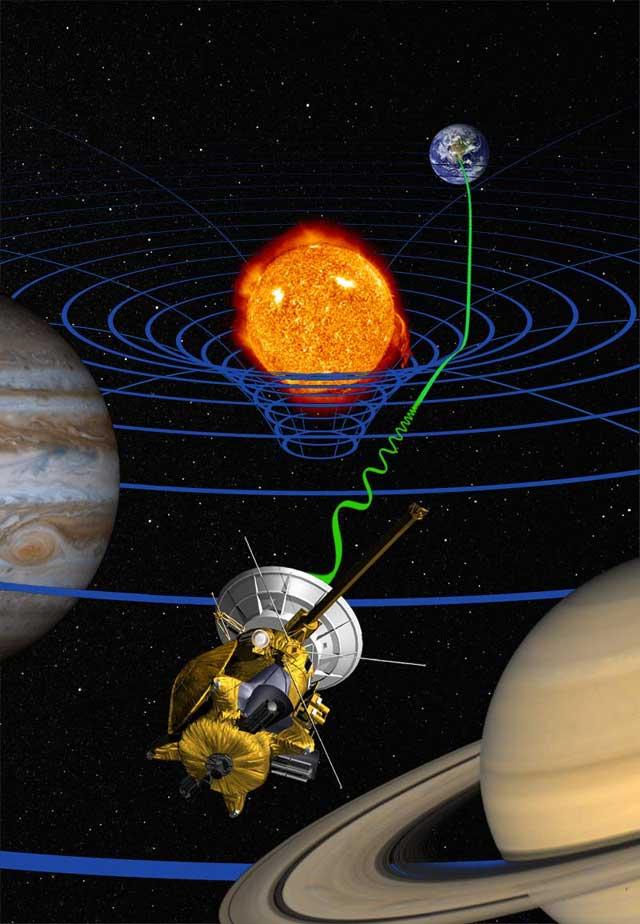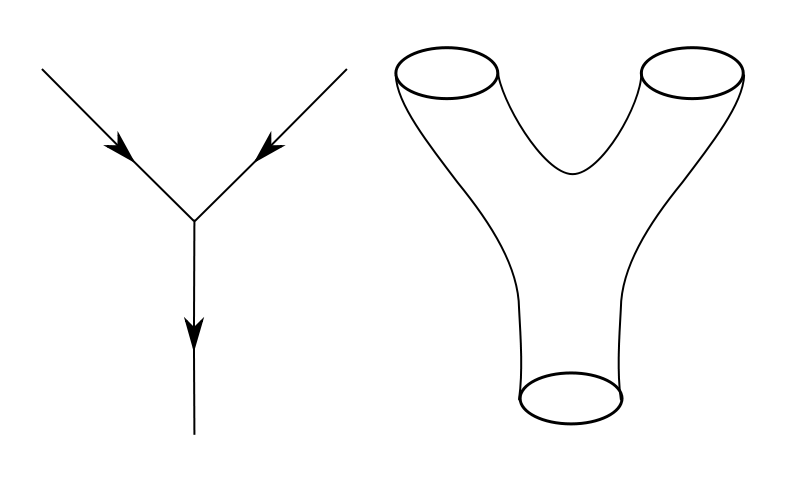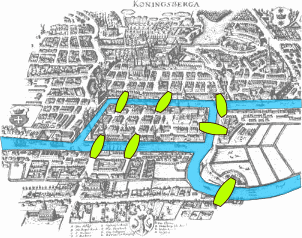Applications
Problems and deep mathematical theories that, in the beginning, were studied without thought of practical applications, have shown themselves to be crucial in practical contexts many decades later.
Main content
Number theory was, until the 1960s, presented as being purely theoretical, but is today the building block for all transmission of secure information, specifically, in the fields of cryptography and coding theory. This is used every time you use your bank card or send an email.
Boolean algebra, developed purely abstractly by George Boole in 1854, has found practical applications in digital and automation technology.
A part of the geometry called projective geometry, which deals with points and lines "in perpetuity", was developed in the 1800s and is today a cornerstone in computer vision, which, for example, is used to program the movements of robots.
Another type of geometry called differential geometry is concerned with concepts such as distance and areas in curved space and was develop early in the 1800s in connection with land surveys and map production. Through the entire 1800s the field was developed further as a separate purely theoretical field and this was a crucial foundation of Einstein's general theory of relativity. Einstein's theories, which were based largely from ideas from non-Euclidean geometry (in short, "geometry in which straight lines are replaced by curved ones", as on the sphere), were developed in the 1800s.
The field called topology studies properties of "space" that are preserved by deformations. The famous mathematical problem of the Seven Bridges of Königsberg is one of the problems that have shaped the field. Leonhard Euler's solution from 1736 was further developed in the subsequent centuries and topology is now crucial for theories in theoretical physics such as wormholes and string theory. Wormholes are what makes it theoretically possible to "jump" from one place to another in space. String theory is a mathematical physics theory that has as it's goal to explain all natural phenomena and all of our universe with a single theory. Here one begins by assuming that all elementary particles are not point-particles, but strings that vibrate in a 10-dimensional universe. Four of these are the space-time-dimensions that we see every day, and the remaining six are microscopic curled-up dimensions that appear to be required to have very specific mathematical properties, namely the properties of certain types of spaces that pure mathematicians have been studying since the 1950s and which have the name Calabi-Yau manifolds. Strings moving in these hidden dimensions carve out surfaces that are called Riemannian surfaces after the German mathematician Bernhard Riemann and the study of Riemannian surfaces in Calabi-Yau manifolds is a central theme in the fields in pure mathematics called analytic geometry and algebraic geometry.


